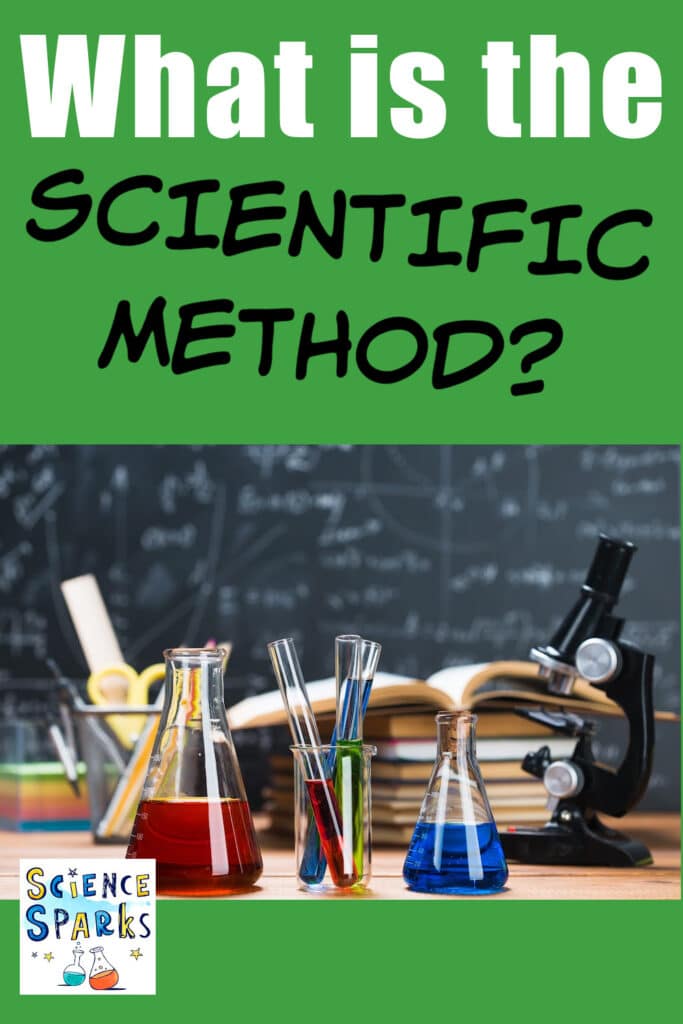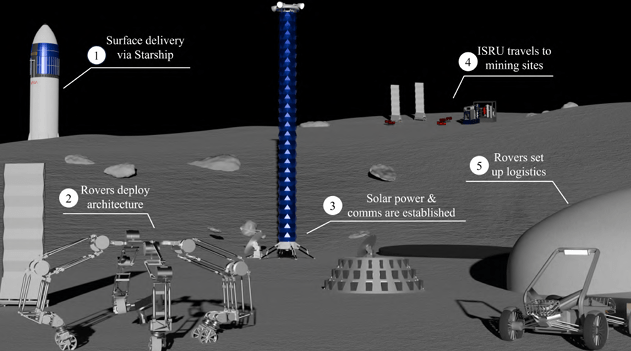The scientific method is the system most scientists follow when setting up an investigation. It has evolved over time, and many scientists have contributed to this way of working scientifically.
What is the Scientific Method?
There are several steps to the scientific method.
- Make an observation
- Ask a question
- Create a hypothesis
- Make a prediction
- Test the prediction with an experiment
- Analyse the results
- Draw conclusions
Create a Hypothesis
A hypothesis is a potential explanation for something a scientist has observed but doesn’t yet understand.
Test the Hypothesis
A prediction ( something you think will happen ) is made based on the hypothesis and is tested by gathering data from investigations.
Investigations look for relationships and patterns between variables.
Analyse the data
If the data from an investigation backs up the prediction, it’s possible the hypothesis is true!
Data from an investigation needs to be:
Repeatable – the investigation gives the same results each time it is carried out. Usually, results should be checked at least three times.
Reproducible – if another person carries out the same investigation, the results are the same.
The experiments used must be correctly designed to be a FAIR TEST!
How to make an investigation a fair test
Only one variable should be changed, and an experiment should measure how the variable that can be changed affects another variable.
Independent variable – this is the variable that is changed
Dependent variable – this is the variable that is measured.
As much as possible, everything else that could reasonably affect the results should stay the same. For example, variables to consider include temperature, time, lab equipment, amounts of materials used, concentrations, and type of materials used. These are the control variables.
A control experiment is also needed to show what happens when the variables are not changed.
Drawing conclusions
Conclusions are formed from experimental data and should be backed up by the data. The conclusion should say whether the data supports the hypothesis or not.
In the real world, more than just one scientist will test a hypothesis. Scientists check each other’s work and often run their own experiments to test the hypothesis. If enough evidence is shown to back the hypothesis, it becomes accepted. Accepted hypotheses are known as theories.
If new evidence comes along at a later date, the whole process starts again.

Last Updated on September 27, 2023 by Emma Vanstone








Leave a Comment